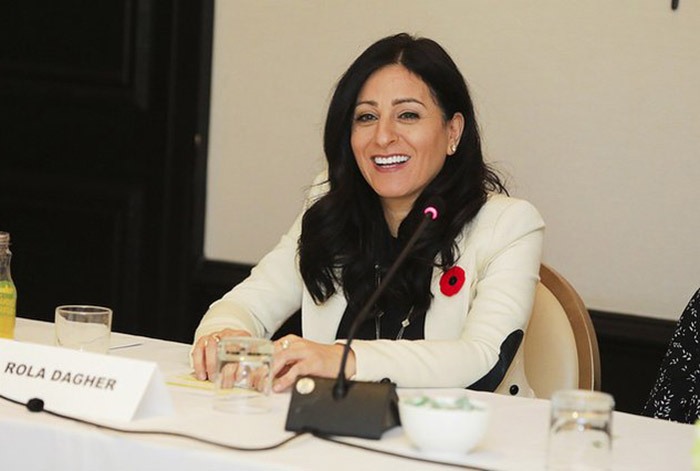
|
21世紀的人力資源管理從根本上存在一個悖論:雇主必須要培養高情商的員工,同時還要求他們知道怎么造機器人,怎么和機器人一起工作。 “情商比智商重要得多。”思科加拿大公司的總裁羅拉·達格爾在上周于蒙特利爾舉辦的《財富》最具影響力的商界女性全球論壇上說。“科技是工具,可以讓人們抵達想去的地方,但真正推動變革的仍然是人類。”她還說,而且未來的員工要準備好和機器人一起工作。 達格爾說,至少在加拿大,學術界、政府和商界缺乏協作,沒能讓未來的職場主力軍掌握應當擁有的技能。她說,正因為如此,有時她不得不從國外招人。 但湯森路透公司(Thomson Reuters)主管科技的全球董事總經理艾麗克斯·帕拉迪諾卻說,吸引湯森路透進軍加拿大的正是其國內的科技人才。她解釋道,去年湯森路透宣布把總部遷往多倫多,因為那有多所知名大學,是人工智能和計算機研究的中心。“要把力量集中到擁有創新型人才的地區。”帕拉迪諾說。 加拿大退休金計劃投資委員會的高級總經理兼人才辦公室主任瑪麗·蘇利文說,在她們委員會里,“最難的是如何在已經很復雜的人員構成中加入機器的角色。” 蘇利文用“80-18-2”的理論來解釋她所說的“復雜”:在組織中,80%的員工是組織的中流砥柱,18%的人會進行小規模創新,2%會推動大范圍創新。其中上述80%的人和2%的人“相處中存在困難” ,她說。“如果還要引入機器人,勢必會帶來更多挑戰。”(財富中文網) 譯者:Agatha |
There is a paradox that lies at the heart of running a workforce in the 21st century: Employers must be just as focused on fostering talent that has high emotional intelligence as they are on developing employees who know how to build and work with robots. “EQ will have IQ for breakfast.” explained Rola Dagher, president of Cisco Canada, at Fortune Most Powerful Women International in Montreal last week. “Technology is an enablement tool to get you to where you need to be, but people are still the transformers.” And yet, she added, the next generation of workers also needs to be prepared to work alongside robots. Dagher said that at least in Canada, there’s a lack of collaboration between academia, government, and businesses in terms of preparing the workforce of the future with the right set of skills. As a result, she’s sometimes forced to go outside the country to recruit, she said. But for Alex Paladino, global managing director, head of technology for Thomson Reuters, Canada’s tech talent drew her company to the country. Last year Thomson Reuters announced that it was moving its headquarters to Toronto—a city with great universities, and a center of AI and computing, she explains. “Focus on where you can find innovative talent.” Paladino says. Mary Sullivan, senior managing director and chief talent officer of Canada Pension Plan Investment Board, said that within her organization, “It’s about the integration of machines into an already complex group of people.” Sullivan explains that complexity through a ration of 80-18-2: Eighty percent of employees are the engine of the organization, 18% do small innovations, and 2% do big innovations. The 80% and the 2% have a “hard time co-existing,” she says. “Enter into that the introduction of technology, and it can create some challenges.” |






